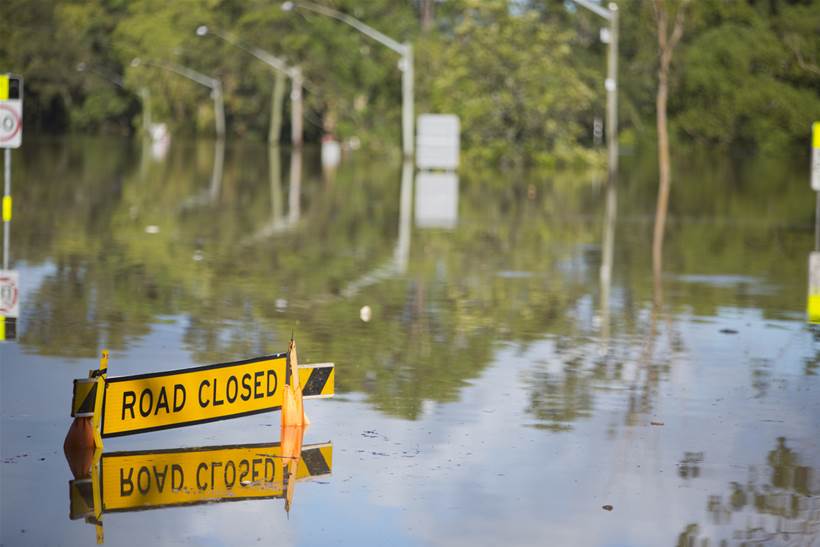In Australia bushfires and floods take lives all too frequently and often with little warning. Fires can at least be seen as they approach, however floods can arrive at night, without warning and with devastating consequences. Systems are in place to monitor water levels and rainfall in some river catchments but, as recent events have tragically demonstrated, these have failed to give enough warning for lives to be saved. Alerting for Flash Flooding has historically been almost non-existant.
Queensland based IoT start-up company, LiXiA, aims to deliver early flood warning alerts with a range of low-costs, easy to deploy water sensors that can be widely distributed to give real-time accurate water level data from remote locations. Importantly, this system can monitor and alert for Flash Flooding by capturing real-time water levels.
LiXiA is proud to be a sponsor of this year’s IoT Impact conference, hosted by the IoT Alliance Australia and IoT Hub. The conference will examine how IoT solutions can provide real-time data and insights to support early warning systems, evacuation plans and disaster response efforts.
LiXiA CEO, Simon Igloi, says a key component of LiXiA’s solution is the use of LIDAR sensors which enable the measurement the height of water in water courses and overland flows. By using multiple wireless technologies to relay data to the cloud LiXiA provides unique real-time data to ground truth models and provide real-time alerts. LiXiA has also developed sensors used for measuring conductor-to-ground clearance of overhead powerlines and the health of power assets.
“We've currently got six paying customers for flood monitoring. We've deployed around 100 flood monitoring sensors to date with more on the way,” Igloi says. “We're radio agnostic. We can use LoRa, we can use NB-IoT, we can use 4G of 5G. We can adjust the communications module of our product to suit whatever our customers need.”
To complement water level data LiXia has also adapted a widely used rain-measurement bucket so, like the LiXia water level sensor, it is able to support multiple radio communications technologies.
Igloi says key advantages of LiXia’s flood warning system are low-cost, ease of installation and diversity of communications options. These features enable more widespread deployment than traditional gauges, and hence earlier warnings of impending flood events. He says LiXia sensors are about 1/50th of the cost of a traditional river gauge.
“Our sensors can be deployed without the need for substantial infrastructure. Because we can use multiple communication networks we can spread them into the upper reaches of the catchment. We have shown that, by being just three kilometres upstream from a Bureau gauge, we can see the flood peak 60 minutes earlier.”
LiXia offers its floodwater sensing system under multiple options. “We can simply sell the sensors, or supply them as a service where we do the whole project design, plan where they need to be, installation and maintenance. Then the customer subscribes to receive the data,” Igloi says.
LiXia is also a bespoke IoT design company able to provide end-to-end systems for multiple applications. “We have the agility of being a startup. We have an engineering team, a data science team and mechanical build teams,” Igloi says. “We can do rapid prototyping of solutions that might not be available off the shelf and can put things together quickly. We've got an electronics lab, so we can provide the full stack of technology: hardware, analytics, software, dashboarding, visualisation and maintenance. Or customers can choose parts of that.”
LiXiA is a sponsor of the 2023 IoT Impact conference in Sydney on May 23. See the agenda and purchase tickets to IoT Impact 2023.







